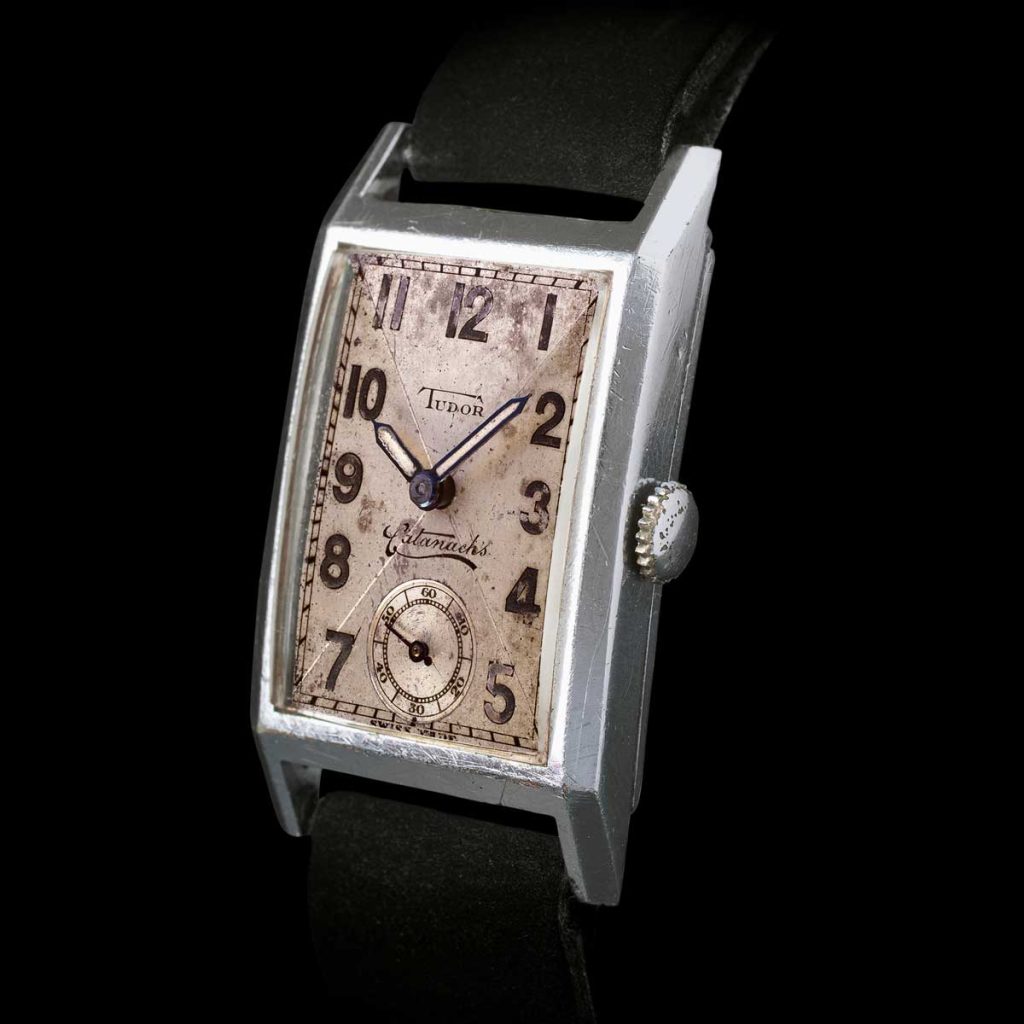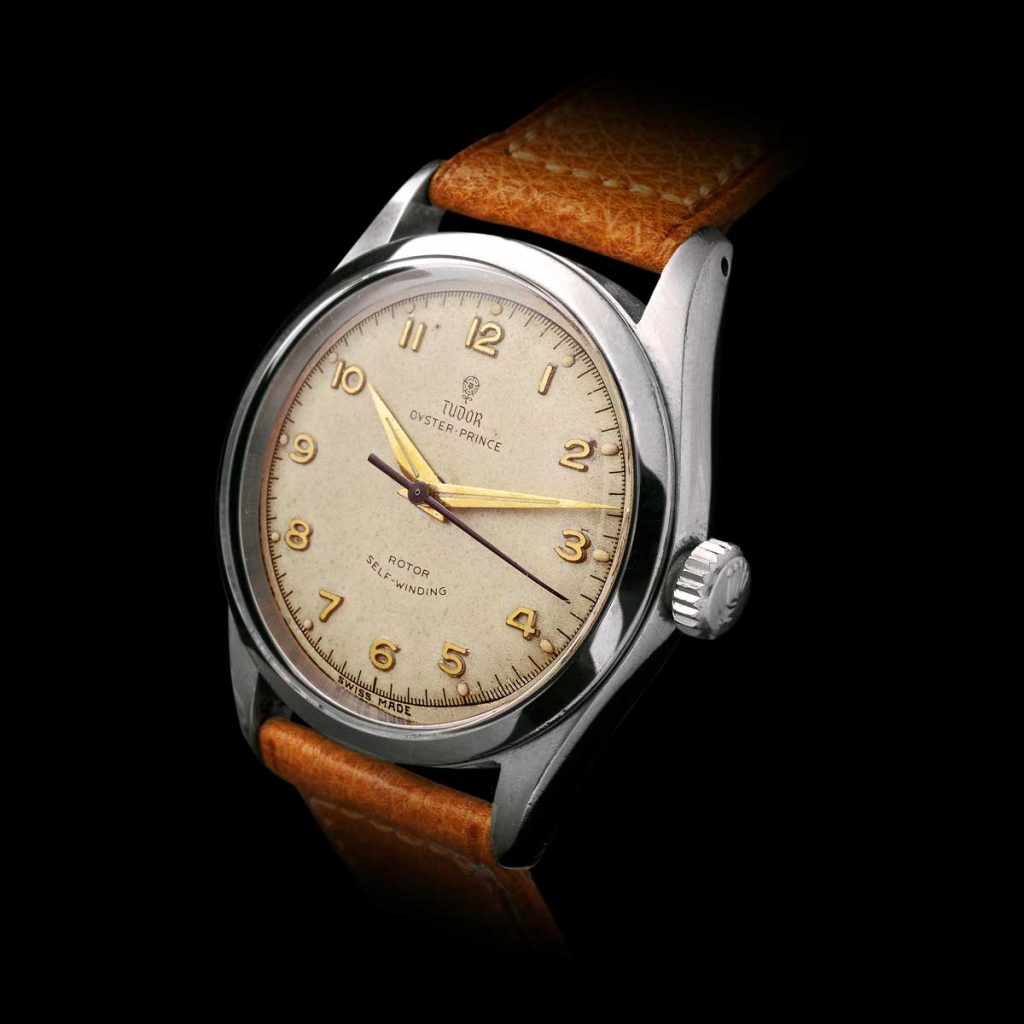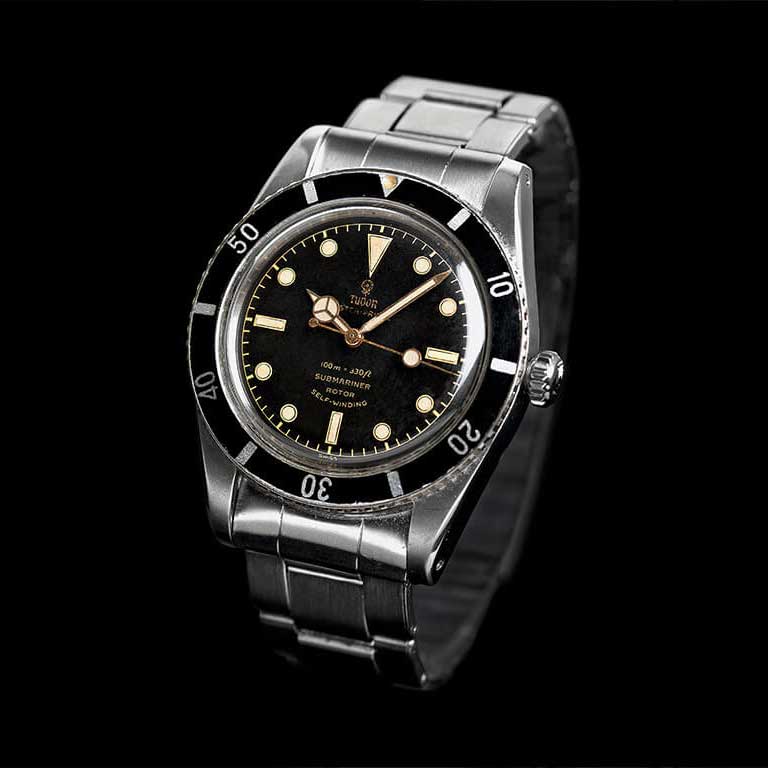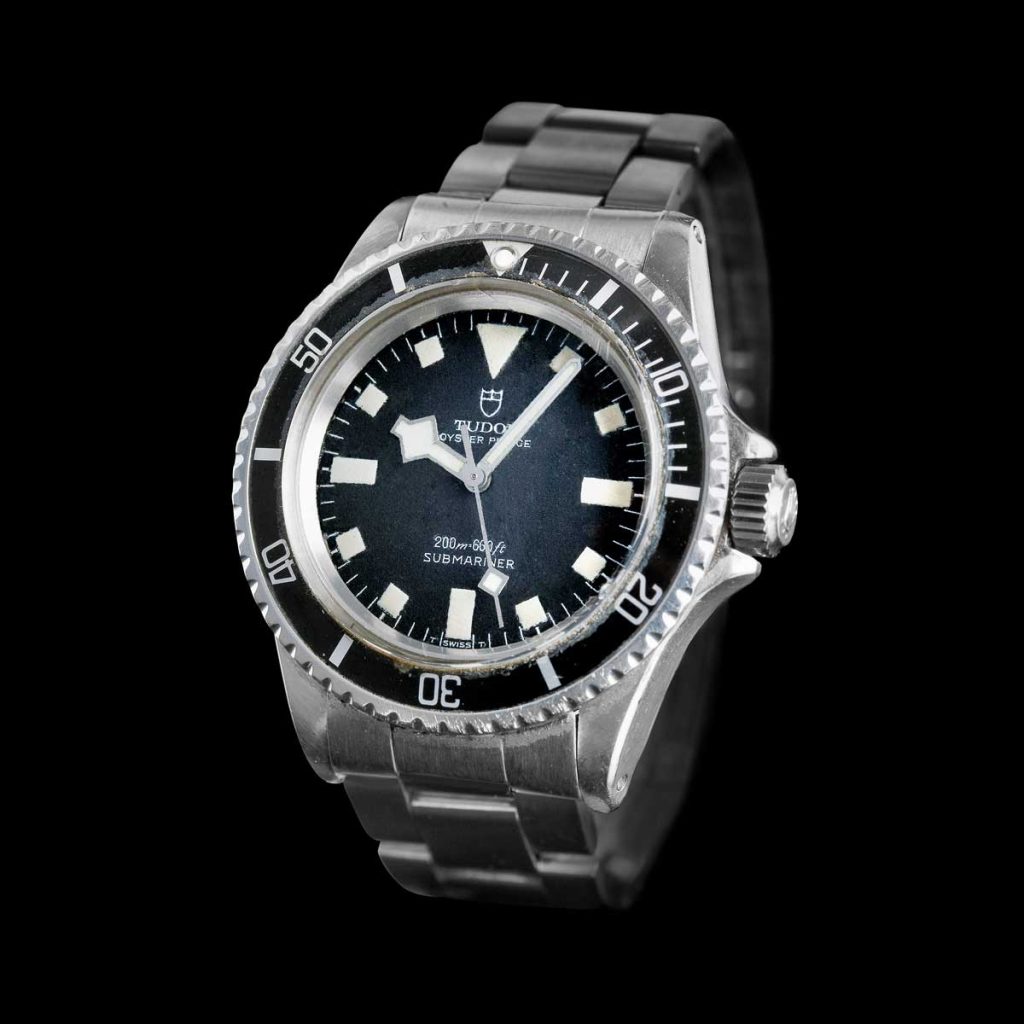Editor's Picks
Montres Tudor — In the Beginning

A 1932 Tudor rectangular timepiece called the "Cacatanachs", sold very exclusively within the Australian market (Image © Tudor)
It was in the same year, 1946 that the Oyster watches started to appear and half a decade later the ‘Oyster Prince’ was introduced. The ‘Prince’ designation signified the presence of an automatic movement. I have often said that, in my opinion, the Oyster case one of the most pleasing aesthetic designs of the 20th Century. It is timeless and is still as relevant today as it was 60 years ago — much like the Porsche 911 and the Fender Stratocaster. It has been interpreted in a multitude of different ways starting from its original and purest form in the 1950’s Oyster watches, through to the Black Bays GMT and 58 today. When you compare the style and form of a late 1950’s Tudor Big Crown Submariner against a Heritage Black Bay 58, the DNA running through both pieces is writ large across the six decades age difference between the pieces.

A 1952 Tudor Oyster Prince (Image © Tudor)

A 1954 Tudor Oyster Prince Submariner ref. 7922 (Image © Tudor)

1959 Tudor Oyster Prince Submariner Square Crown Guards ref. 7928 (Image © Tudor)

A 1969 Tudor Oyster Prince Submariner with the iconic "snowflake" hands (Image © Tudor)










